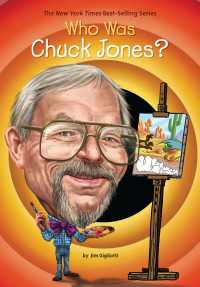基本説明
Historian James L. Baughman takes readers behind the scenes of early broadcasting, examining corporate machination that determined the future of television.
Full Description
Ever wonder how American television came to be the much-derided, advertising-heavy home to reality programming, formulaic situation comedies, hapless men, and buxom, scantily clad women? Could it have been something different, focusing instead on culture, theater, and performing arts? In Same Time, Same Station, historian James L. Baughman takes readers behind the scenes of early broadcasting, examining corporate machinations that determined the future of television. Split into two camps-those who thought TV could meet and possibly raise the expectations of wealthier, better-educated post-war consumers and those who believed success meant mimicking the products of movie houses and radio-decision makers fought a battle of ideas that peaked in the 1950s, just as TV became a central facet of daily life for most Americans. Baughman's engagingly written account of the brief but contentious debate shows how the inner workings and outward actions of the major networks, advertisers, producers, writers, and entertainers ultimately made TV the primary forum for entertainment and information.
The tale of television's founding years reveals a series of decisions that favored commercial success over cultural aspiration.
Contents
Acknowledgments
Introduction
1. Opening Number
2. "The Mother of Television"
3. The Marionette and the Cross-Dresser
4. The Regulators
5. "Mr. Spectacular"
6. Paley's Choice
7. "We Just See That It Isn't Lousy"
8. The Patrons
9. "Informed without Being Ponderous"
10. Shooting the Wounded
11. Signing Off
Notes
Essay on Sources
Index







